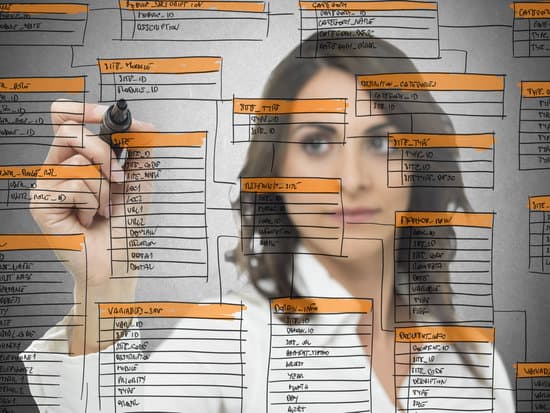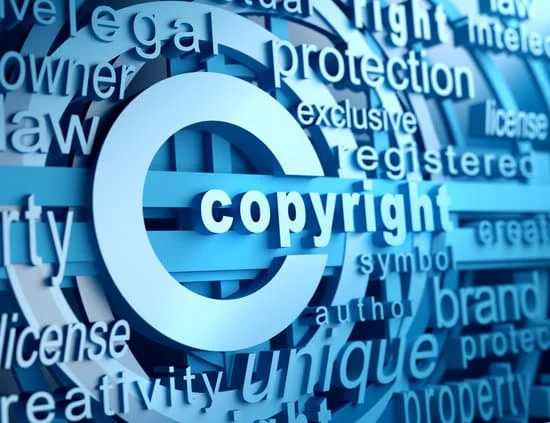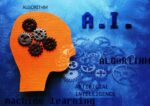Stay Current With Our Industry Updates
- Software project failure
- Copyright & patent infringement
- Software patent disputes
- Source code audits
- Trade secret misappropriation
We use Constant Contact as our marketing platform. By clicking below to subscribe, you acknowledge that your information will be transferred to Constant Contact for processing. Learn more about Constant Contact’s privacy practices here.













